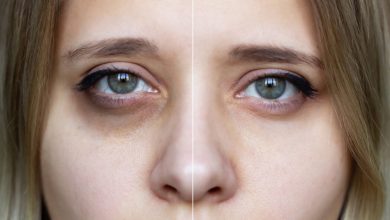When you hear the word fungus, you may think of mushrooms growing on a wet tree trunk, mold on old bread, or mildew at the back of the refrigerator. These are perhaps the most well-known forms of fungi (more than one fungus), but did you know that there are up to 1.5 million species of fungi, approximately 300 of which can cause illness in people?
Is There a Fungus Among Us?
Fungi in the form of yeast, mold, or mildew are found just about everywhere, including in the air, in soil, on plants and trees and in water. Some types live on the human skin. Fungi thrive in cool moist areas like the basement and in between walls.
Fungi grow by shedding tiny spores (think of plant seeds) in the air. These spores can land on your skin or you can inhale them. There are higher concentrations of fungal spores in the air in certain locations that are moist, cool and dark, such as a construction or demolition sites, old barns, or dark caves.
What’s a Fungal Infection?
Since fungi can be inhaled or live on your skin, fungal infections can occur in the lungs or on the skin. Most infections, however, do not go beyond the skin, and are termed “superficial.” These superficial fungal infections can affect areas like nails, skin and hair, and might include athlete’s foot or vaginal yeast infections. Fungal skin infections are generally harmless, and can be treated with medication.
It’s important to note that most people can breathe in fungal spores without getting an infection; however, those with weakened immune systems or lung disease can more easily develop fungal infections in the lung, blood or other organs including the sinuses, liver, spleen, and brain. Examples of people with weakened immune systems include those with HIV/AIDS or cancer, who are hospitalized, or are taking medications that suppress the immune system (e.g., steroids or chemotherapy). Fungal infections of the blood, lung or other organ are called “systemic” infections and are generally more serious than superficial infections.
Common Fungal Skin Infections
open next page to continue reading….




